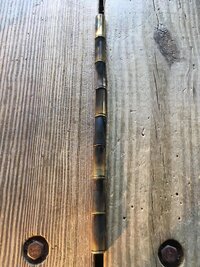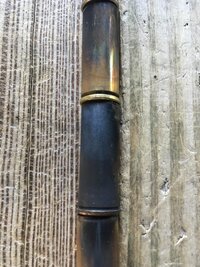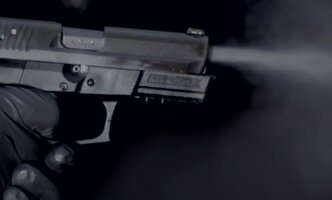- Joined
- Jan 19, 2023
- Messages
- 12
- Likes
- 8
I have been trying to figure out why some loads are causing powder burn on the outside of the case. I have a theory and am looking for the experienced folks on this forum to let me know if the theory is right or wrong and, if it is wrong, what is driving powder burn on the outside.
Theory of powder burn on the outside of the brass casing
I am using the simple blowback operation but believe the same applies to delayed blowback operation. It goes something like this:
Theory of powder burn on the outside of the brass casing
I am using the simple blowback operation but believe the same applies to delayed blowback operation. It goes something like this:
- When the powder starts burning, the pressure inside the case increases, resulting in three things:
- the bullet is pushed forward,
- the bolt is pushed back,
- the brass is expanded to seal the barrel, preventing gasses from escaping past the seal
- While the bullet travels down the barrel, the expanding gasses create pressure that pushes the bolt back, pulling the case along.
- As long as brass is still inside the chamber, the seal is maintained, and gas pressure pushes the bullet forward.
- When the bullet exits the barrel, all gasses escape through the muzzle end.
- If the case is pulled from the chamber before the bullet exits the barrel, the gasses exit through the back of the chamber, around the case, causing burns on the outside of the case.

![Laugh [laugh] [laugh]](/xen/styles/default/xenforo/smilies.vb/012.gif)


